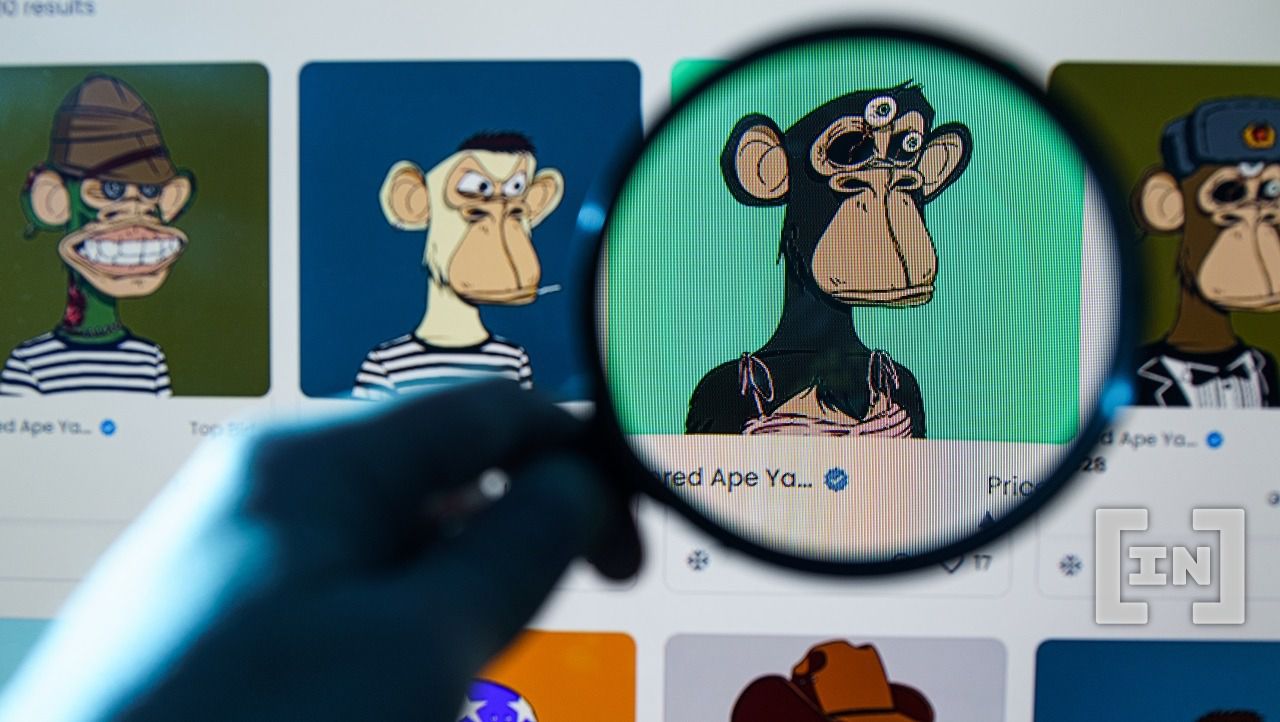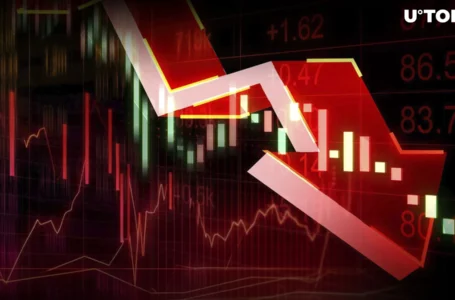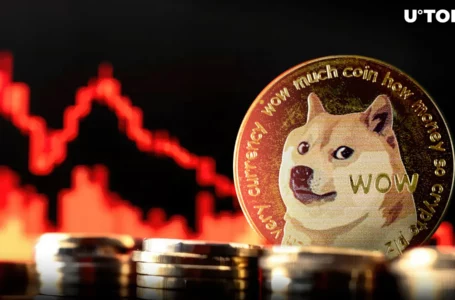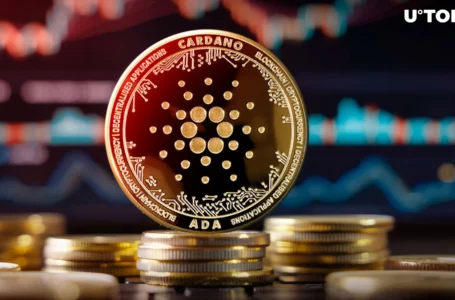
NFT marketers need to think about the whole customer journey of the buyer, not just the initial sale.
NFTs can be an important part of a brand’s overall strategy, not just a short-term source of licensing revenue. But for that to happen, everyone in the space needs to think more about the entire customer journey. It needs to expand beyond the current base of crypto enthusiasts. And it must give mainstream fans better reasons to research, collect, enjoy, and discuss their digital collectibles.
As marketing professionals know, the customer journey is the process of finding, evaluating and buying a product or service. Then, continuing engagement with the brand throughout the post-purchase experience. Getting that right involves understanding the right triggers and touchpoints for different customer personas. The payoff is more loyal customers, or better yet, fans who seek out products and content on their own. And they evangelize to their friends.
NFT Customers: The two trips
Currently, there are two distinct customer personas in the NFT space. They are on two different routes. The first customer is already actively buying and selling NFTs and cryptocurrencies. They need to be convinced that a specific NFT drop is worth their time and attention. Companies in the space reach these customers using channels like Discord. They emphasize freshness and collectability in any collection they market. The post-purchase experience then focuses on trading or reselling NFTs on the secondary market. Price appreciation and “bending” is the primary focus.
So far, that’s been good enough to juice a market that’s heading toward $20 billion in 2021, up from almost zero this time last year. And with growth like that, it’s tempting to not get distracted by the second customer. This customer remains aspirational for most companies right now. This customer likely has little to no experience in the crypto space.
Their entry point is the subject of their fandom. It could be a musical act like Goodie Moba cult series like american godsor a fun piece of popular culture like Martian attacks. Their main decision is whether owning an NFT provides them with enough value and utility compared to other things they might buy. This means that the messages and the channels needed to reach them are fundamentally different.
NFT Customers: Remember who you are speaking to
Companies that are used to talking exclusively to crypto enthusiasts tend to gloss over the higher-level value proposition that the mainstream customer needs. If your primary customers are already buying and trading NFTs, the value is self-evident. At Curio, we believe differently. We think that for the market to evolve, there needs to be something special for fans across every stage of the journey, from awareness to ownership. We are building our technology and our company around that goal.
Give the fans what they want
Fans of an artist, celebrity, or pop culture property seek out anything that brings them closer to the subject of their fandom, but they aren’t blind. The best collectibles don’t just offer exclusivity (“I got it and you don’t”); they also bring something extra that reminds fans why they are fans in the first place. This can be unseen content, like production art or behind-the-scenes footage. The NFT can provide access to a real experience, such as a limited audience webcast or a live appearance. It can be new story content that adds to the creative universe of the property or allows fans to participate in that world.
How can we bring that kind of authenticity and storytelling to NFTs? Just imagine, for example, being a fan of TV mystery franchises like Law and Order. Imagine having an NFT that affords the opportunity to be part of a team solving a crime in a new story world created by Dick Wolf. It’s not just a digital collectible that fans can add to their wallet. But it is something that creates unique fun and engagement. And for brands, it creates opportunities to stoke more engagement and enthusiasm from the fans themselves. They become part of the story and part of the brand marketing strategy.
Metaverse in storytelling
NFT skeptics point to the lack of substance inherent in digital collectibles. What good is an image that I can only see on my phone? Why should I pay for an NFT profile picture when I can just right click on any cool picture and use it? These kinds of questions raise doubts about the value of the property, especially if the objective is not just price appreciation.
One way to overcome that resistance is to give fans something fun to do with their collectibles once they own them. It should be something that plays into young consumers’ desire to personalize their digital experience. This is what the metaverse is aiming at, although it may be years in development. The fabric of the metaverse narrative is storytelling.
Nurture the relationship
Everyone is always trying to close the deal by enticing customers to click “buy”. But smart brands know the relationship with the customer begin with the purchase. It doesn’t stop there. People want to feel good about what they bought. They want to share the experience with friends and fellow fans. They want to get the validation of knowing they have a seat at the cool kids table.
This sense of community is what’s behind the crazy success of NFT-based projects like the Bored Ape Yacht Club and its many, many imitators. Ownership of the NFT confers status and membership in an elite group. The eliteness creates marketing buzz and value for members. It’s a great strategy, but it’s hard to scale and harder to replicate.
A better model is the loyalty program. This is where a point system rewards customers for extending their relationship with the brand. This creates an economy that provides incentives for continued engagement. Because we operate in the blockchain world, we are well positioned to use the building blocks of cryptocurrency as the basis for this type of program. We can offer loyalty points convertible into tokens. These can be refunded or exchanged in all kinds of transactions. The value and appeal of these tokens increases with the popularity of our brand partners and our platform. Customers who own the tokens have a huge incentive to talk about their fandom within and beyond the community.
An elevated customer journey makes for a sustainable business
Today we are at the very earliest days of the NFT market. The best solutions will look simplistic and rudimentary before long, and no one has all the right answers. What’s important now, though, is that brands partner with companies that are demonstrating a strategic approach.


















